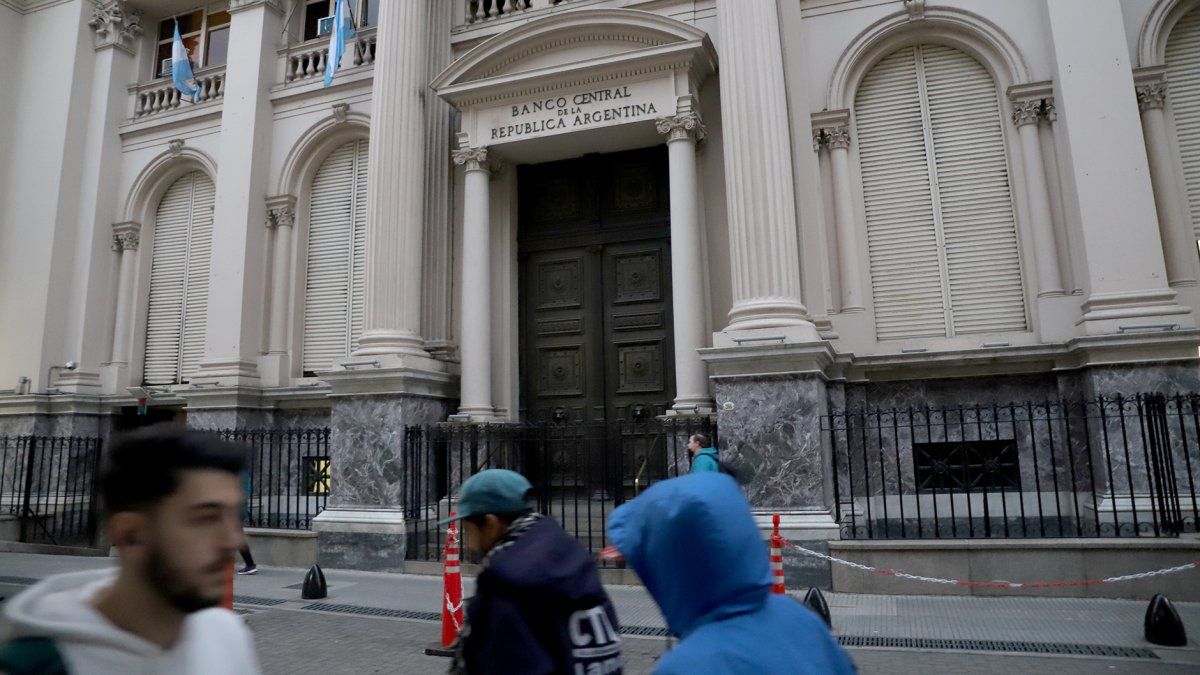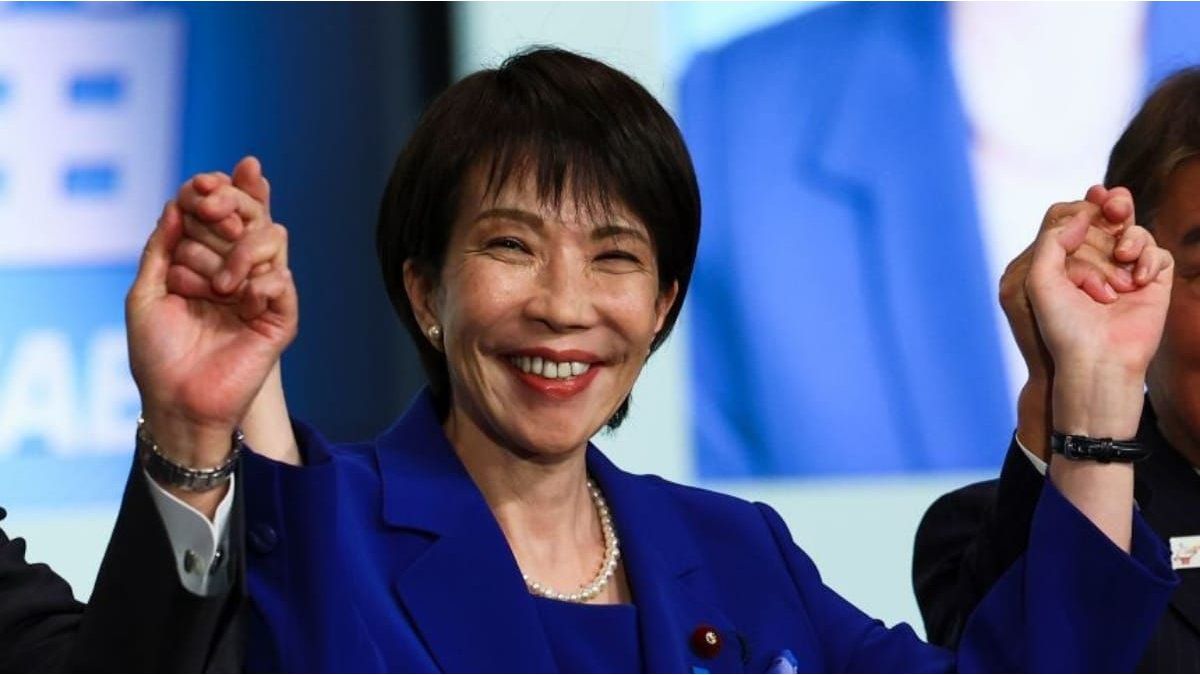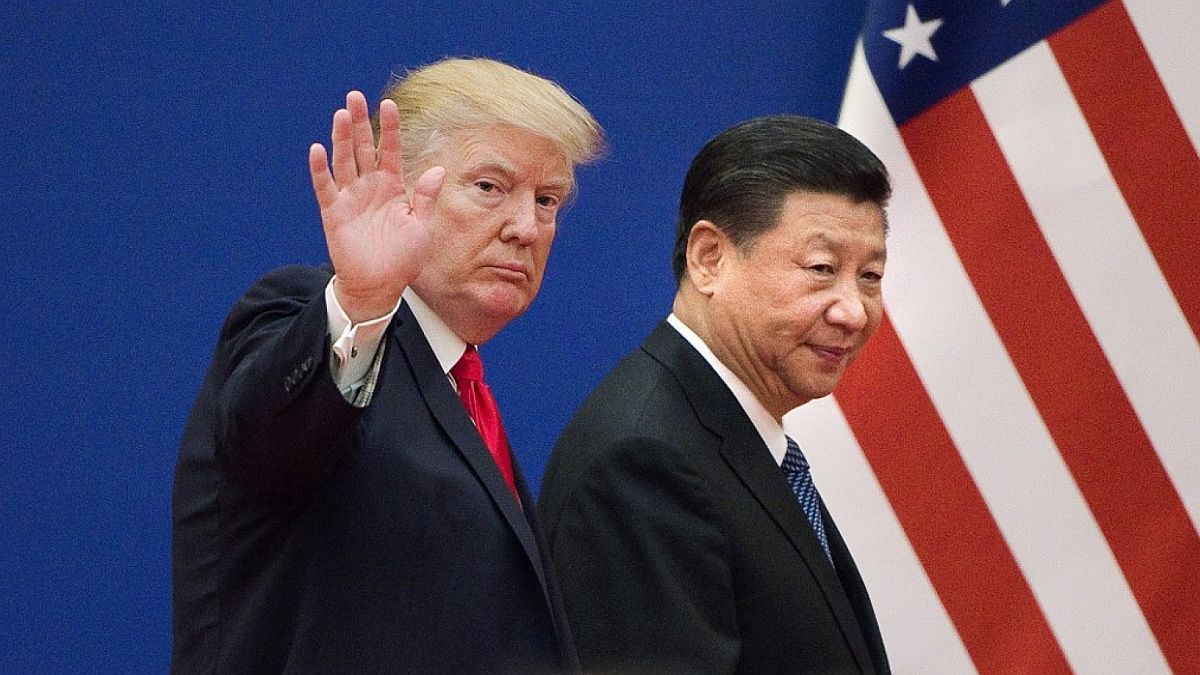The different analysts stressed that this decision implied a reordering of the rate scheme, since it left the yield of the pesos above the rate of devaluation, something that the market estimates would help decompress exchange rate tensions. Federico Furiase, director of anker, estimated that “the one-day pass rate was 5.4% per month and the 28-day Leliq rate was 5.7% per month versus a crawling of the exchange rate that travels today at a rate of 5.5% per month”. “If they accelerate the crawling in September, we will again have crawling above the BCRA rates and that is a point against exchange rate stabilization,” she analyzed. Regarding this point, sources familiar with the discussions at the Central told Ámbito that they will seek to maintain the yield of the peso rate above the rate of devaluation.
Analysts also pointed out at least two risks that this rate hike brings. In the first place, how will the banks react to the decision to allow Mutual Funds to operate Overnight Passes? From the banking sector, they expected more details of the instrumentation of the Central because, although this decision is aimed at “improving the short rate transmission scheme”, in fact it can discourage banks from participating in tenders to have greater liquidity in case that the FCIs want the pesos to place them in Passes. On this point, from the Government they considered that they do not believe that this subtracts funds from the Treasury, but they will be attentive that financial tensions are not generated.
The second problem is related to eventual complications that companies register to finance themselves, due to the strong rise that was also registered in the lines of loans. However, analysts understood that there will be some companies that will be more complicated than others.
Both lending and deposit rates underwent adjustments. In the case of monetary policy instruments, they had rises between 8 and 9.5 points. The TNA of the one-day transfers was 64.5% (from 55%), the Leliq at 28 days it will yield 69.5% (from 60%) and the Leliq at 180 days, 76%. These higher returns will also reach individuals and companies, because fixed terms up to 10 million pesos will yield 69.5%, while those above that amount will have a TNA of 61%. Pre-cancelable UVA fixed terms went from 56% to 65.5%. In the case of regulated lines of credit for the productive sector, they also became more expensive, because loans for working capital will pay a TNA of 69% and 59% for productive investment. Finally, also in the individual segment, the rate for credit card revolving went from 62% to 71.5%.
Source: Ambito
David William is a talented author who has made a name for himself in the world of writing. He is a professional author who writes on a wide range of topics, from general interest to opinion news. David is currently working as a writer at 24 hours worlds where he brings his unique perspective and in-depth research to his articles, making them both informative and engaging.




